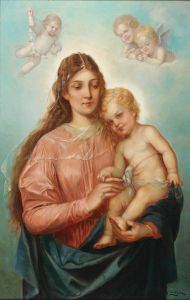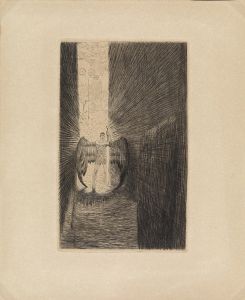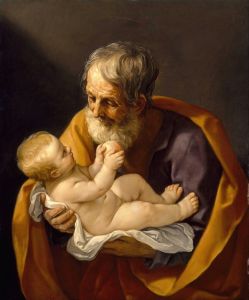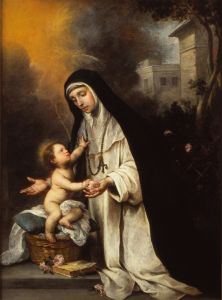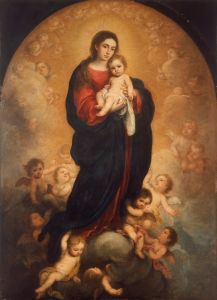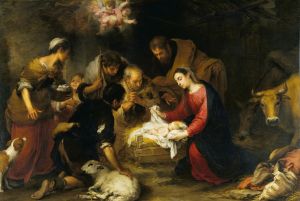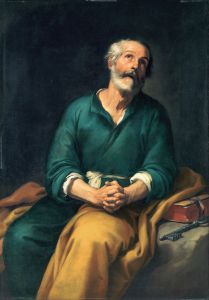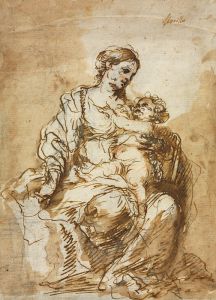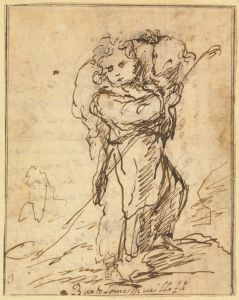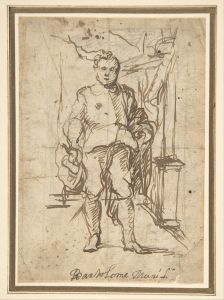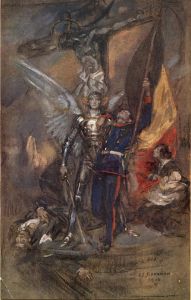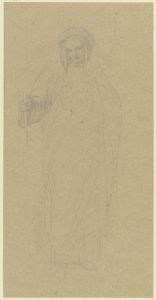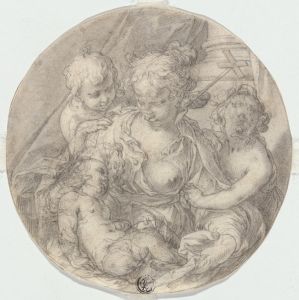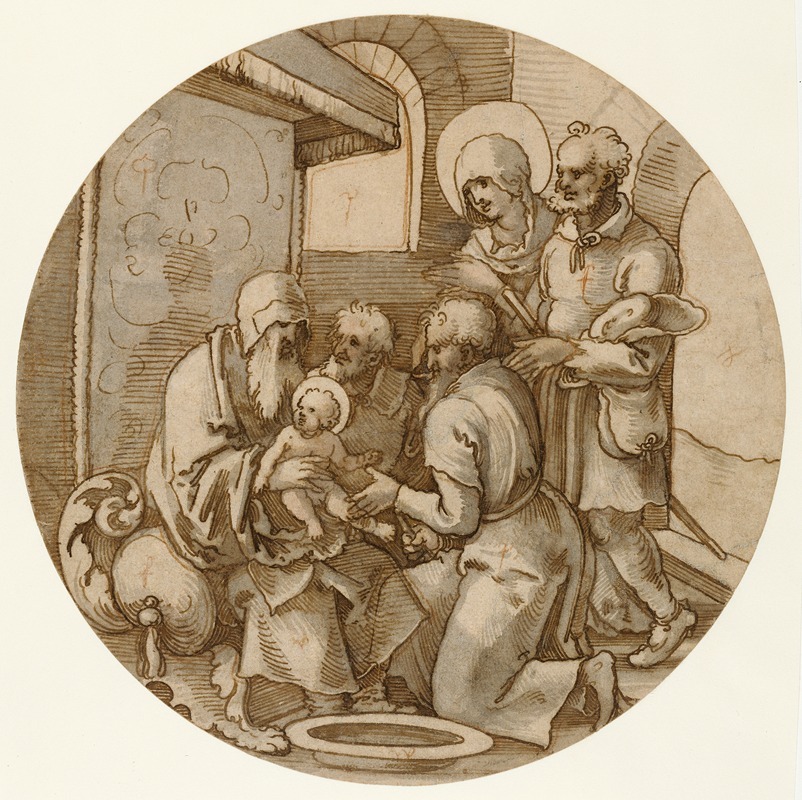
The Christ Child as the Good Shepherd
A hand-painted replica of Bartolomé Estebán Murillo’s masterpiece The Christ Child as the Good Shepherd, meticulously crafted by professional artists to capture the true essence of the original. Each piece is created with museum-quality canvas and rare mineral pigments, carefully painted by experienced artists with delicate brushstrokes and rich, layered colors to perfectly recreate the texture of the original artwork. Unlike machine-printed reproductions, this hand-painted version brings the painting to life, infused with the artist’s emotions and skill in every stroke. Whether for personal collection or home decoration, it instantly elevates the artistic atmosphere of any space.
Bartolomé Estebán Murillo, a prominent Spanish Baroque painter, is renowned for his religious works, genre scenes, and portraits. Among his notable works is "The Christ Child as the Good Shepherd," a painting that exemplifies his ability to convey religious themes with warmth and humanity. Murillo was born in Seville in 1617 and spent most of his life there, becoming one of the most celebrated painters of his time. His work is characterized by its soft, warm colors, gentle compositions, and a focus on the tender aspects of religious subjects.
"The Christ Child as the Good Shepherd" is a depiction of Jesus as a child, embodying the role of the Good Shepherd, a common theme in Christian art symbolizing Christ's care and guidance for his followers. In this painting, Murillo portrays the Christ Child with a serene and compassionate expression, emphasizing innocence and divine love. The child is often depicted holding a lamb, which is a symbol of purity and sacrifice, and is surrounded by other sheep, reinforcing the pastoral and protective imagery associated with the Good Shepherd.
Murillo's approach to this subject is marked by his use of soft lighting and delicate brushwork, which create a sense of intimacy and tranquility. The composition is typically balanced and harmonious, drawing the viewer's attention to the central figure of the Christ Child. Murillo's skillful use of color and light enhances the spiritual quality of the scene, inviting contemplation and reflection.
The theme of the Good Shepherd has deep roots in Christian iconography, drawing from biblical passages such as John 10:11, where Jesus declares, "I am the good shepherd. The good shepherd lays down his life for the sheep." This imagery has been a powerful symbol of Christ's role as a protector and caretaker of his followers, and Murillo's interpretation adds a layer of tenderness and accessibility by presenting Jesus as a child.
Murillo's work was highly influential during his lifetime and continued to be admired in the centuries following his death in 1682. His paintings were sought after by collectors and patrons, and his style influenced many artists in Spain and beyond. "The Christ Child as the Good Shepherd" is a testament to Murillo's ability to blend religious themes with a human touch, making the divine approachable and relatable.
While specific details about the provenance and current location of "The Christ Child as the Good Shepherd" may not be extensively documented, Murillo's works are held in high regard and can be found in major museums and collections worldwide. His legacy as a master of Baroque painting endures, and his depictions of religious subjects continue to resonate with audiences for their emotional depth and artistic beauty.






